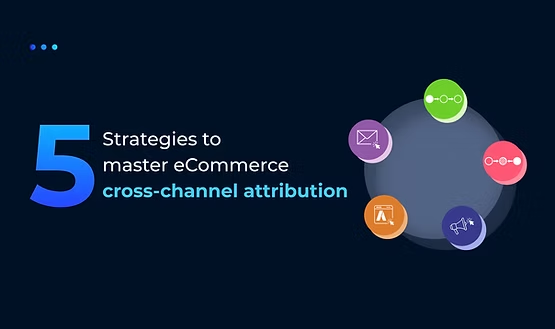
In the competitive landscape of eCommerce, understanding how customers interact with various marketing channels is crucial for driving growth and maximizing ROI. Cross-channel attribution is the key to unlocking these insights.
Cross-channel attribution is the process of tracking and analyzing customer journeys across diverse channels—email, social media, paid ads, organic search, and more—to determine the role each channel plays in driving conversions.
For eCommerce businesses, mastering cross-channel attribution is essential for identifying high-performing channels, optimizing marketing strategies, and ensuring effective budget allocation.
This guide will walk you through mastering eCommerce cross-channel attribution for smarter, data-driven decisions. Let’s get started!
Mastering cross-channel attribution requires a strategic approach to accurately track, analyze, and optimize your marketing efforts. Here are five proven strategies to gain actionable insights and boost your eCommerce performance:
Attribution models help allocate credit to marketing channels based on their influence on conversions. Selecting the right model is critical to understanding channel performance.
Here are five commonly used attribution models in eCommerce:
Credits the final non-direct or inorganic channel a customer interacted with before purchase, ideal for measuring the performance of paid or final-stage touchpoints. For example, if a customer buys after clicking on a paid ad, the ad channel gets 100% of the credit, helping you assess paid channel effectiveness.
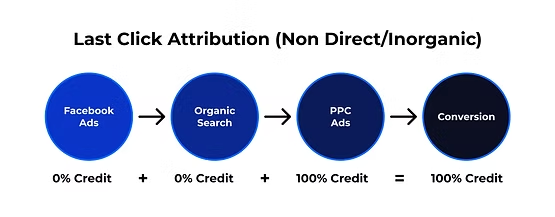
This model assigns full credit to the first interaction that led to a conversion, making it ideal for identifying the channels that drive initial awareness. For instance, if a customer discovers your product on Instagram and later purchases, Instagram is fully credited.
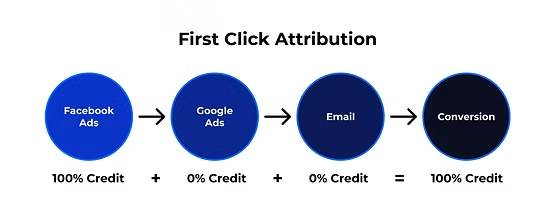
The linear model divides credit equally across all touchpoints in the customer journey, offering a balanced view of channel performance. For example, if a buyer interacts with four channels before converting, each gets 25% of the credit.
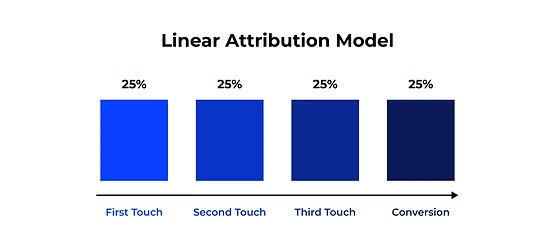
Time decay prioritizes channels closer to the conversion event, giving them more credit, making it ideal for understanding which late-stage channels drive conversions. For example, a display ad clicked just before purchase would be weighted higher than an earlier email campaign.
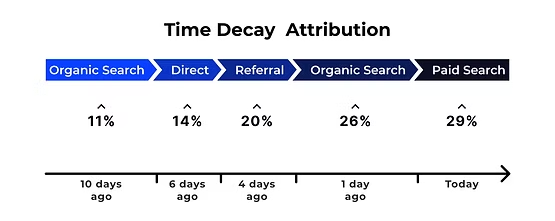
Choosing the right attribution model helps gain insights into customer interactions and focus more on channels aligned with your business objectives.
eCommerce businesses handle thousands of interactions across various channels. Consolidating this data in one place is essential for effective cross-channel attribution.
A single, unified platform makes tracking customer interaction data across marketing channels for cross-channel attribution easier.
For example, advanced eCommerce analytics platforms like Graas has a comprehensive dashboard where you can:
Accurate cross-channel attribution starts with reliable tracking. Ensure every interaction is captured to provide meaningful insights. Here’s how you can establish an efficient tracking system for your eCommerce business:
UTM (Urchin Tracking Module) parameters are essential for identifying the source, medium, and campaign behind every customer interaction.
For example, a UTM-tagged URL for a Facebook ad may look like:
This allows you to segment traffic sources and measure each channel's role in the buyer’s journey accurately.
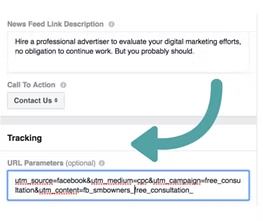
If your eCommerce ecosystem includes multiple domains or subdomains, enable cross-domain tracking.
For example, a customer might browse on your blog subdomain before purchasing on your main site.
Without cross-domain tracking, these touchpoints could be recorded as separate sessions, leading to fragmented data.
Platforms like Facebook, Google Ads, and TikTok provide tracking pixels to monitor user interactions with your website. These pixels help you understand ad performance and track conversions.
For example, the Facebook Pixel records events like "Add to Cart" or "Purchase," enabling granular attribution for paid campaigns.
Integrating CRM with analytics tools ensures deeper insights into customer behavior. For example, syncing Shopify with Google Analytics or integrating with tools like HubSpot or Klaviyo can reveal how specific marketing efforts affect customer lifetime value (CLV).
This sounds all too complex. But do you want to simplify tracking cross-channel performance?
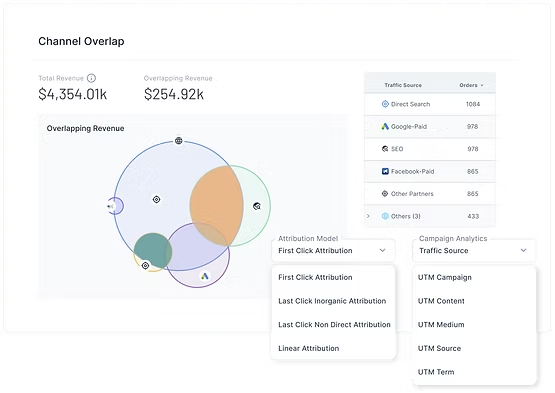
Graas’ Attribution feature simplifies analyzing marketing channels’ performance and accurately breaks down how each channel impacts sales.
Break down data silos by integrating your marketing tools with a CRM and internal analytics setup.
Integrating your marketing tool stack with a CRM platform makes the customer journey make more sense. CRM acts as a single source of truth for accurate attribution by collecting user interaction data across channels.
Also, linking your CRM platform and marketing tools with the internal analytics solution ensures better channel-wise attribution by syncing offline and online data. For example, easy recording and analysis of in-store purchases and subsequent online purchases post-retargeting.
Attribution doesn’t stop at analysis; continuous monitoring and optimization are essential.
The eCommerce customer journey can be complex. And if you’re using last-click or first-click attribution models, you may miss out on several other touchpoints that contributed to the customer’s purchase decision.
That’s when monitoring channel-wise performance comes in handy.
It lets you pinpoint the best and worst channels to invest in based on what part of the sales funnel they influence. For example, which channels have the most influence on boosting brand awareness, website traffic, and sales.
Finding out each channel’s marketing effectiveness and what value they bring to the table lets you budget resources more efficiently.
Data is your best resource for identifying channels that convert and allocate your budget accordingly.
With Graas’ Attribution Comparison and Channel Overlap, you can:
Ready to simplify your attribution analysis?
Sign up for a 30 Day Free Trial and unlock actionable insights today!